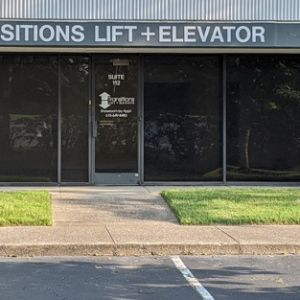Best Guide - Purchasing An Industrial Ceiling FanPosted by michellumb55 on April 21st, 2021 Although the requirements of and location vary, there is no doubt that a ceiling fan will assist in keeping everybody cool and relaxed. When operating in an industrial environment, the need for a fan becomes much more important as you aim to build a work atmosphere that your employees can appreciate every day. That's where our buying guide for Warehouse Fans comes in handy! Let's look at some of the key critical considerations to make sure you have the right fan for the work. Before we get into how to pick the best one, it's important to understand the distinction between a commercial ceiling fan and a domestic or even commercial ceiling fan. Most people believe that they should just use a residential fan in their industrial environment since they are less expensive, but this is a terrible idea for several factors. For instance, Warehouse Fans have wider blades and a wider diameter as well as more efficient motors and even multiple metals, such as iron, steel, or composite material, over traditional plastics or wood blades, to make the fan function longer in harsher conditions or from the continuous usage that an industrial fan needs. When searching for a commercial fan, most key point to remember is to select a design that is suitable for industrial use. - When shopping for Warehouse Fans, the most important consideration is the size. Factory fans can range in size from 56 inches in diameter to an incredible 24 feet in diameter, but such a large device can only be used in particular situations. In most industrial applications, such as factories, hangers, fabrication stores, as well as other industrial settings, 56 inches to 74 inches is an appropriate scale. The size of the room is important to consider when determining which design is best for your space. For the best airflow, a room less than 350 square feet require a 52-56 inch fan, whereas any space larger than 350 square feet requires a 60 inch fan. Of course, this is based on the assumption that each room in that size would only have one fan. You may also opt to mount two fans at a secure, average spacing to help develop good airflow in a room if you want to add extra airflow. - People who are occupying the room. Installing two or more fans might be necessary if there are a lot of workers in the room. This is due to the fact that the more persons in a room, the warmer it becomes. Fans, on the other hand, are not intended to replace proper central heating, but rather to transfer cool air from the roof down to the rest of the space where staff are present. - The kind of work that is being done. In an industrial environment, the scale, type, and number of fans in the room can be dictated by the type of work being done. If the work includes a lot of smoke or heat, for instance, you'll need a higher-powered fan or several fans to match the work's complexity. - Hardware for installing. Fans are intended to pull air from the roof and distribute it throughout the building. It's difficult for air to flow when a fan doesn't have enough space to operate between the ceiling and the fan. Most fans have a rod reaching down from the roof to the motor and blades, but when considering this feature, please keep in mind the size of the room and the cooling requirements. A fan with a longer rod can circulate the air more effectively than one with a smaller rod, which holds the blades too close to the roof. Find more information relating to warehouse fans, and industrial fans here. Like it? Share it!More by this author |


